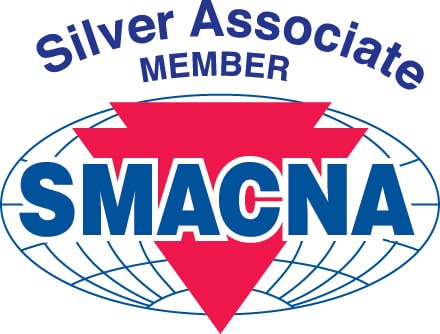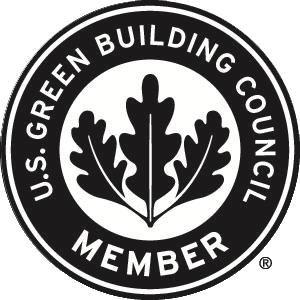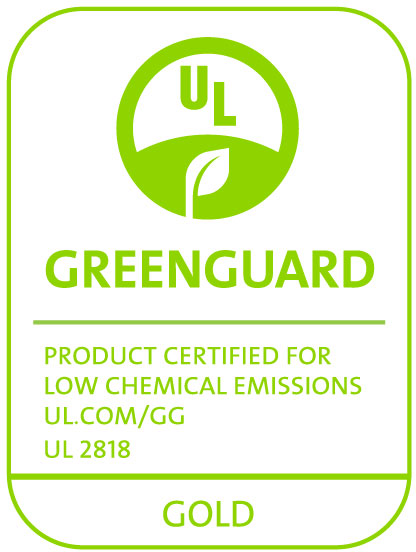R-Value of AEROFLEX® AEROFIX® Insulated Pipe Supports
February 1, 2022
Aerofix patented insulated pipe supports provide seamless, EPDM thermal performance and zero-perm moisture resistance without worries of insulation compression and thermal bridging at hanger locations. Learn More
Learn More










